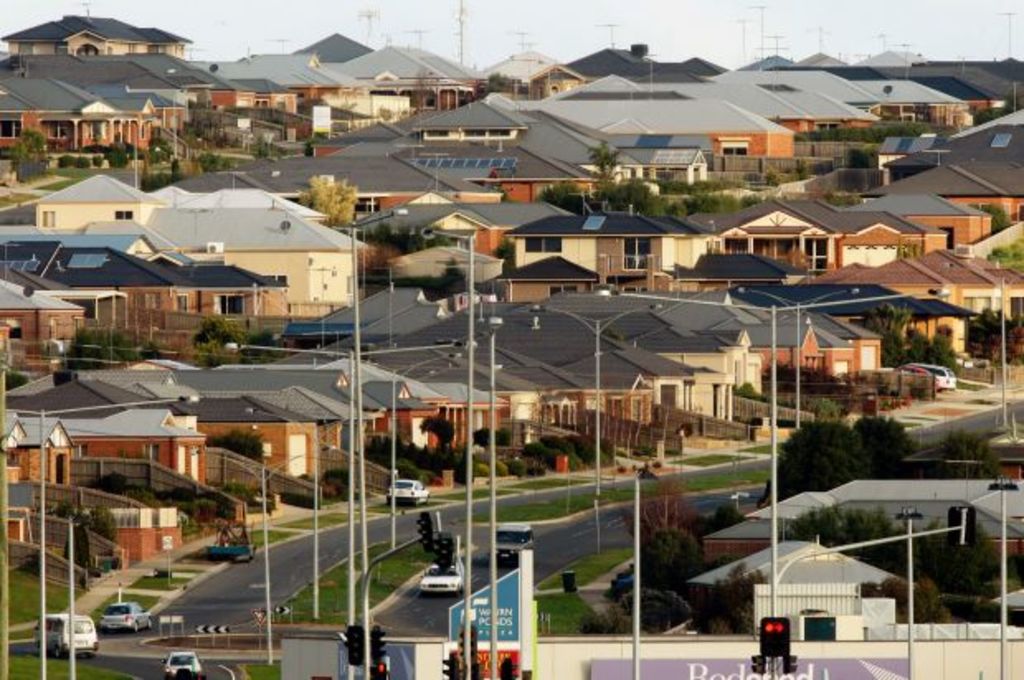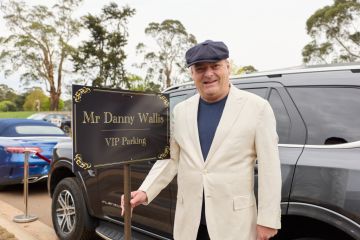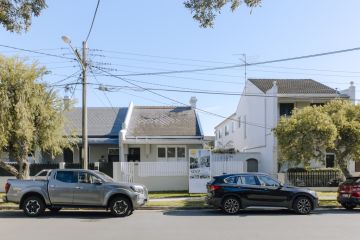Australians are paying more for less land: Here's why

Buyers in greenfield developments in Australia’s capital cities are paying more money for less land with block sizes dropping dramatically in some cases over the past decade.
The latest data from the Urban Development Institute of Australia has revealed greenfield median lot sizes have dropped to an all-time low – with Sydney and Melbourne falling from an average of 525 square metres per block in 2009 to 450 square metres in 2017.
The biggest drop happened in south-east Queensland, which plummeted from an average of 625 square metres in 2009 to around 500 square metres in 2017.
Perth also saw a dramatic drop in average land size, from 525 square metres in 2009 to 425 square metres in 2017.
The decline is backed by the latest Domain Group data which shows the block sizes of Australian houses sold between 2004 and 2018 have continued to get smaller.
Mr Coningham said it was also related to populations in city areas getting denser as the number of people moving closer to the cities grew.
“Our view is it’s mostly on price – the smaller the lot, the more money you get,” Mr Coningham said. “A lot of that is [also] driven by the government and planning that allows for smaller blocks.”
He said it was also about ensuring the population was not too sparse.
“There’s issues for the containment of urban sprawl … larger blocks added to sprawl means it’s difficult to get services like public transport to areas where there are smaller populations,” he said. “The general idea of densification – it’s a trend that has been accepted by the next generation [post-baby boomers].”
Domain Group economist Trent Wiltshire said the smaller blocks were a way to keep prices down for buyers, though Sydney’s greenfields market was still proving expensive.
“Smaller block sizes in new developments enable developers to keep new house and land packages affordable,” Mr Wiltshire said.
“However in Sydney, even with declining block sizes, houses in new developments have increased quite a lot in price over the past few years.”
Mr Coningham said with costs to developers also rising, smaller blocks were one of the ways developers could recoup money from taxes and other contributions to local councils and government.
“There’s also some influence from the buyers’ side as well as they seem happy to have smaller blocks as it’s more affordable,” Mr Coningham said.
It’s a dramatic change from land sales 30 years ago where “quarter-acre” blocks (1011 square metres) were the norm.
“Now 500 square metres are a good size – that’s a big block these days. It shows you the idealised quarter-acre block has changed,” Mr Coningham said.
He said the bigger blocks were now being subdivided by astute landowners.
While the size of land has been dropping, the size of Australia’s free-standing homes has been steadily on the rise.
Research from Commsec last year showed free-standing home sizes were, on average, 233.3 square metres – “the biggest in four years and more than 11 per cent bigger than 20 years ago”, the report stated.
Mr Coningham said these bigger houses meant homes did not have the larger backyards of previous eras.
“That, in a way, is driving the idea of precinct planning,” he said. “It’s more important to have green spaces and parks and places for kids to play because they can’t at home.”
The Commsec data showed overall, taking into account all types of homes, the size of Australian homes in general was dropping. This was mainly due to the increasing number of apartments people were living in.
Mr Coningham said it was likely the size of land, and of homes, would continue to drop.
“There’s an increasing acceptance of apartment living – people are not necessarily looking for the Hills Hoist in the backyard,” he said.
“Lifestyle and proximity to work has become equally as important.”
We recommend
We thought you might like
States
Capital Cities
Capital Cities - Rentals
Popular Areas
Allhomes
More







